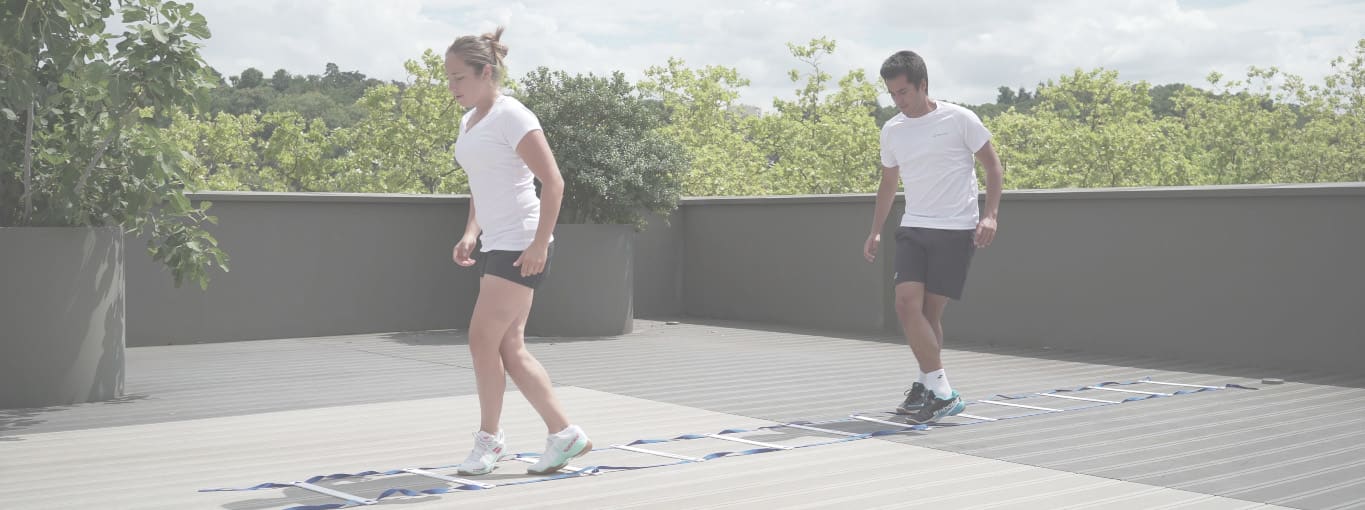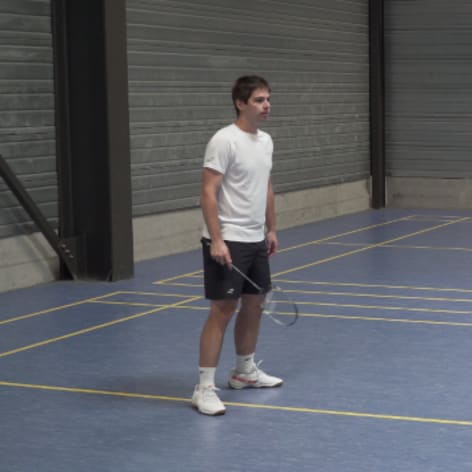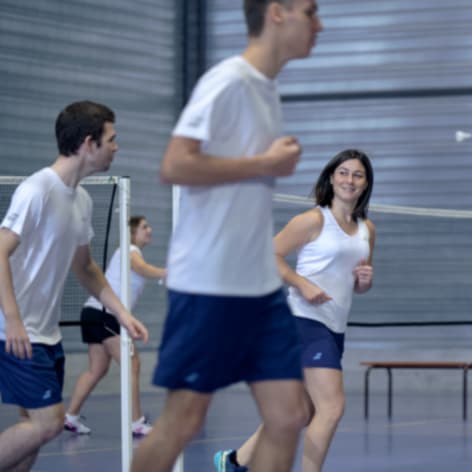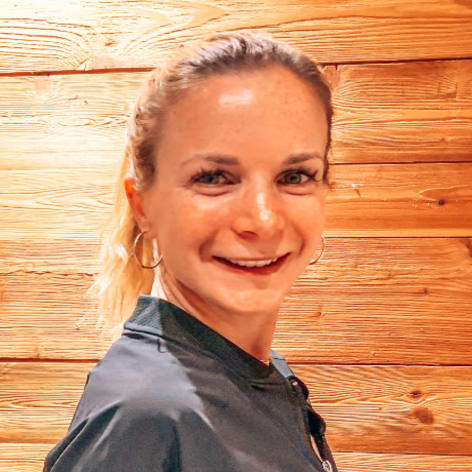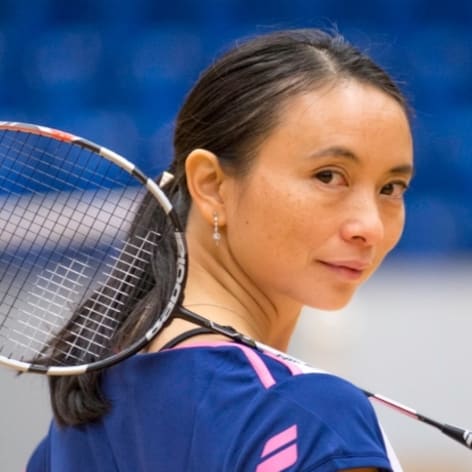In this specific article, Hongyan and Julie explain what a fundamental pillar motor coordination is for your performance as a badminton player, and why it helps with:
- More precision in your shots
- Better timing in your movements
- Faster progress technically
Motor coordination is the capacity to move around with speed and precision. It is also the ability to associate movements from the upper body and the lower body at the same time to achieve complex tasks. In badminton, this means being able to move towards the shuttle at the right pace, adapt to the shuttle speed and find the perfect timing and movement to perform an efficient shot.
Coordination is learnt from a very early age, but anyone can improve it at any time.
Why should you work on your coordination?
Performing several movements at once is not easy. But if coordination is crucial for every sport in general, it is especially true for badminton.
Good motor coordination will help you be more efficient, more precise for technical skills. It is the key to learning and mastering strokes faster and having room for progression.
Good body coordination will allow you to move more efficiently on court, which will make you faster, anticipate better, change pace when needed but also change direction and maintain a good balance – something much needed in a rally as there are great variations of speed and direction from incoming shuttlecocks.
How to work efficiently on your coordination?
The key is to start as early as possible as eye-motor coordination is easier when learnt at an early age, but it can be improved at any age. In general, you can do exercises which teach you to focus on different sides of your body individually (upper/lower, or right/left), but you can also link them when needed to create a balanced, precise and efficient movement that you can repeat indefinitely.
The following exercises can be done for any sport, not only for badminton, as the general idea is to prepare your body to deal with change of speed and variation.
Exercise 1:
You must try to do the movements slowly first, then accelerate the pace up to maximum speed. Change the type of movement every 50 seconds.
Different moves: high knees, heel to buttocks, jump and lunge, lunge laterally, flex knees with crossed legs, running on the spot, jumps in cross path, jump on your toes, etc). For each set, go for 5 seconds slowly, then 5 seconds fast. Repeat the same drill for 10 seconds, then 15 seconds. Do 2 or 3 sets of each, with 2 minutes of rest between each.
Exercise 2:
Done with 2 people, standing one in front of the other, facing the same direction.
The person at the back holds a ball. The person in front stands legs apart. The one at the back throws the ball between his/her partner’s legs, who has to run very fast to catch the ball, then throws it back, 8 times. The same exercise can be done by throwing the ball over the head of the person in the front, 8 times.
Exercise 3: Speed in movement
Find 10-15 metres and do the following:
Triple step forward, sideways, with interception, cross step forward, side shuffle, high crossed knees, high jumps with open legs, jumping jacks.
2 or 3 round trips for 10 or 15 min
Exercise 4: Speed ladder
Straight runs. Lateral stepping, in and out, jumping jack feet, lateral carioca, cross over, Icky Shuffle, etc. You can do each drill 8 times.
Exercise 5:
Agility drill, composed of an acceleration (10 metres), turn around the right mark to the left 3 times, slalom over 10 metres in chased steps, 4 jumps feet together forward + 4 Jumps lateral (use blocks or any other object that can serve as obstacles), + lunges towards the 4 corners, + sprint back to the starting point.
Hongyan’s tip: One of the most efficient coordination exercises is one of the simplest: the skipping rope. I try to do it regularly, and create variations while jumping – double jumps, but also, change of type of footwork, etc.
Julie’s tip: Why not do these exercises with your kids – if you have any? You’ll be stunned by how fast they progress – it’s quite spectacular and rewarding, and it’s a fun workout to do with your family, especially the ladder and agility drills.




